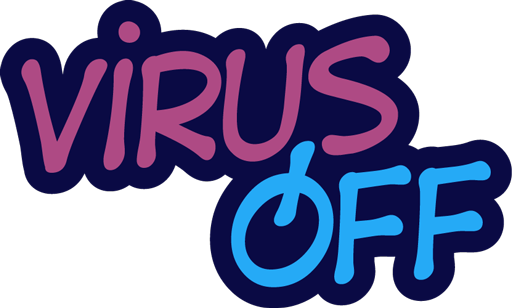Every year in November, the world observes Trans* People’s Day of Remembrance. Since 2017, it has been accompanied by Transgender Awareness Month, an opportunity to draw attention to the challenges faced by trans* people and to celebrate the diversity of the transgender community.
As part of Awareness Month, ECOM experts have prepared a short glossary of definitions and explanations. “Trans* people are first and foremost human beings, with a set of rights and responsibilities like everyone else. Talking about trans* people’s problems and making them visible is a necessary step to ensure that these rights are respected,” comments Amir Mukambetov, ECOM Advocacy Coordinator.
Trans* people are one of the most unprotected categories of population in the EECA region,” emphasize the authors of the document. This concerns the existence of legislation regulating the change of gender marker, as well as separate medical protocols describing the administration of hormonal drugs. The situation is further complicated when trans* people are HIV-positive. For example, among the reasons for refusing ARV therapy (treatment that helps to control the disease and live a full life), trans* people cite side effects that are caused by the compatibility of hormonal and ARV therapy. With a lack of national protocols and doctors’ ignorance, trans* people are forced to buy what they can get on their own.
“What is transgenderism and why is it important to talk about it?”
Trans* people are people whose gender identity differs from the sex assigned to them at birth.
Correct terms are trans* people, trans* man, trans* woman, also in some sources you can find transgender people, which is also a correct term.
Sex is a conclusion that is based on the totality of a person’s biological sex characteristics (appearance of external genitalia, chromosomal set, hormones, sex glands).
Gender is a sociocultural set of expectations and requirements that define the role and behavior of “men” and “women” in society, which is set and reinforced by society, the state, and by people themselves.
“Change of gender marker” – this is the correct way to talk about the result of transgender transition.
The outdated expression “gender reassignment” contains a paradigm about the necessity of medical interventions, the list and limited options of the processes of harmonization of a transgender person. And also contradicts the ideas of the trans* movement and the position of the World Health Organization, reflected in the International Classification of Diseases 11th revision, where transgenderism was excluded from the list of mental disorders from January 1, 2022.
“Transgender transition”: the period during which people move from one gender role related to the sex assigned at birth to another. This can be about learning how to live in society in a different gender role, or the process of finding self-expression that is most comfortable for the person. The transition may or may not involve feminization or masculinization of the body through hormones and/or other medical procedures, surgeries. It is worth noting that all these procedures are not mandatory. However, the legislation of some countries provides for mandatory genital correction.
Realization of one’s identity can occur at any period of life and at any age. In the countries of Eastern Europe and Central Asia (excluding Russia, where today according to the new legislation the rights of trans* people are restricted) it is legally possible to change the gender marker from the moment of adulthood. In some countries, such as Kazakhstan, it is only possible to legally change one’s gender marker from the age of 21.
Useful links for trans* people:
Services for trans* people in the EECA region https://ecom.ngo/trans-services
Legal aid https://ecom.ngo/legal-services
HIV among trans* people https://ecom.ngo/hiv-trans-eeca Map of countries where ECOM works and where analytical data is collected: access to health services, legislation, analysis of the continuum of HIV care https://ecom.ngo/country-maps



